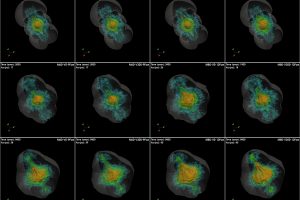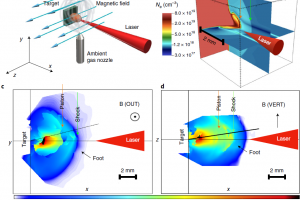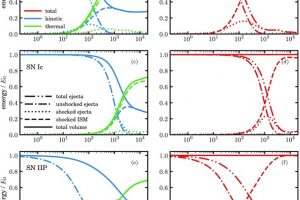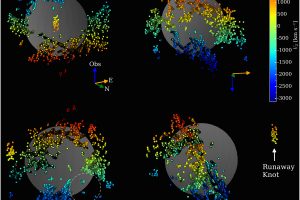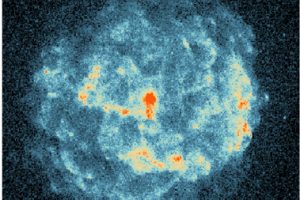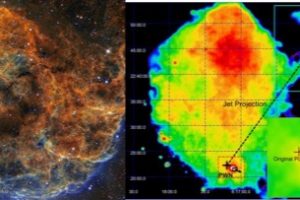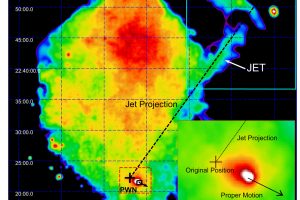Confirmed the existence of a neutron star in the center of SN1987A. The paper: “Additional Evidence for a Pulsar Wind Nebula in the Heart of SN 1987A from Multiepoch X-Ray Data and MHD Modeling” of E. Greco (University of Amsterdam; INAF-OAPA) recently appeared on Apj
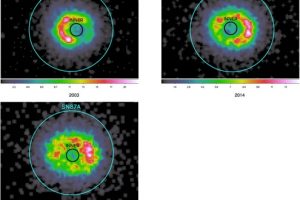
SN1987A, the supernova exploded in the Large Magellanic Cloud (at about 170000 light years of distance) on February 23rd 1987, was an iconic event for the study of supernovae and supernova remnants. In fact, it is the only case where it was possible to observe (with telescopes) the explosion and to follow with periodic observations the evolution of the supernova
» Read more
